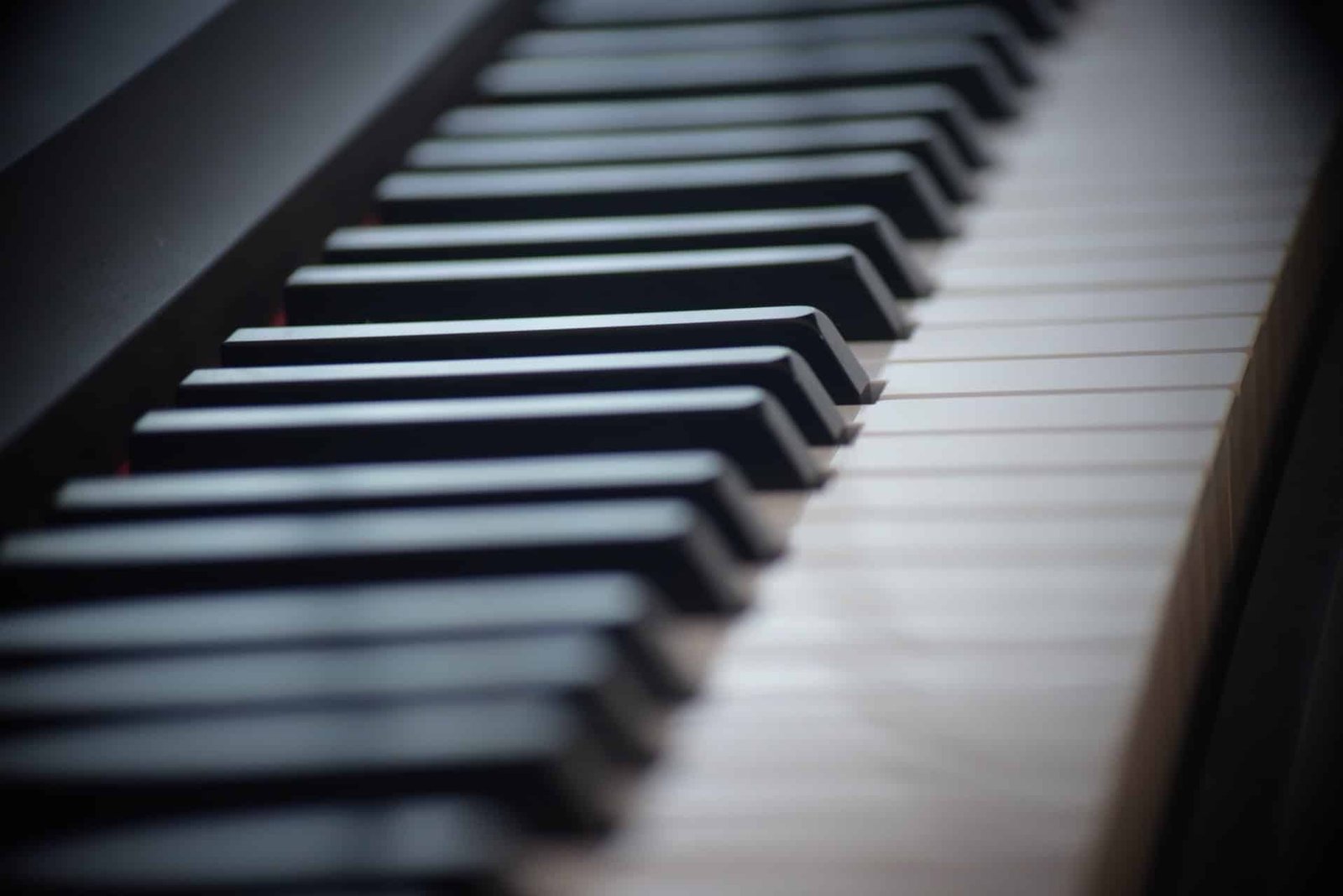Music theory is a tool musicians use to understand and communicate the language of music. Music theory examines the fundamentals of music. It also provides a system for interpreting musical compositions.
For example, basic music theory defines the elements that form harmony, melody, and rhythm. It identifies compositional elements such as song form, tempo, notes, chords, key signatures, intervals, scales, and more. It also recognizes musical qualities such as pitch, tone, timbre, texture, dynamics, and others.
What is Music Theory?
Music is all around us. People sing, play instruments, and listen to music on many devices. But what is music, and how is it made? Consider this basic definition. Music is a way of putting sounds and tones together in a specific order, combining them to create an organized sound.
People have made music for thousands of years, at first with their voices and then with simple instruments made from natural materials around them. Musical traditions were likely passed from one generation to another. Eventually, later generations wanted to better understand the ideas behind the sounds. That’s how music theory developed.
Music theory is the term for ideas that help us understand music. It explains what music does and what’s going on when we hear it. Music theory puts the ideas and practices of music into a written form where they can be studied and passed on to others. It’s a way to describe and explain music and how it’s constructed. So, think of music theory as a means to understand the language of music.
How to learn music theory?
Music theory is a complex and extensive subject. There are several practices, disciplines, and concepts.
It’s best to learn music fundamentals first before exploring advanced music theory. The building blocks that form musical compositions include:
- Harmony
- Melody
- Rhythm
1. Harmony: This is when multiple notes or voices are played at the same time to create a new sound. The combined sounds in harmonies complement one another and sound pleasing. Chords and chord progressions are examples of harmony. A chord has three or more notes that play at the same time. The chords and chord progressions in a piece of music support or complement the melody.
Combining vocal parts also creates harmony. The combined voices of a choir are a perfect example. The multiple voices that make up a choir blend to make a harmonious sound.
However, not all harmonies are pleasing to our ears. There are two main types of harmony: dissonant and consonant.
- Dissonant harmony adds notes that do not sound pleasant when played together. The result adds tension and makes the chord sound unstable. This tension is released by resolving into consonant chords. Dissonant interval examples are seconds, sevenths, and ninths.
- Consonant harmony sounds stable and pleasing. All the notes in a consonant chord have intervals that play nicely together. Constant chords also transition smoothly from one another in a progression. Examples of consonant intervals are unison, thirds, fifths, and octaves.
Musicians combine consonant and dissonant harmonies to make the music more exciting and intriguing.
- A melody in music is a succession of notes or voices arranged into a musical phrase. A song’s melody is often the most memorable and recognizable part. Melodies can be created with instruments or vocals. They have two or more notes in a sequence that sounds musically pleasing. Most compositions comprise multiple melodies that repeat. The two primary elements of a melody are pitch and rhythm:
- Pitch is the audio vibration produced by an instrument or voice. It’s how high or low a note will sound. Arranging these pitches in a series creates a melody.
- Rhythm, or duration, is the length of each pitch’s sound. These durations are divided into beat divisions like whole notes, half notes, quarter notes, triplets, etc.
- Rhythm in Music: Rhythm is an essential element of music with more than one meaning. For example,
- Rhythm is the recurring movement of notes and rests (silences) in time. It’s the human perception of time.
- Rhythm also describes a pattern of strong and weak notes or voices that repeat throughout a song. These patterns can be created with drums, percussion, instruments, and vocals.
The basic elements that comprise musical rhythm include:
- Beat: A repeating pulse that underlies a musical pattern.
- A specific pattern of strong and weak pulses
- The time signature is the number of beats per measure.
- The tempo (BPM) of a piece of music shows how fast or slow it plays.
- Strong and Weak Beats: Strong beats are the downbeats, and weak beats are
- The beats are the offbeats between the downbeats.
- SyncopaBeat: Rhythms that accent or emphasize the offbeats.
- Accents are the emphasis, or intensity placed on notes.
Understanding rhythm will help you create great harmonies and melodies. Also, the rhythm section, or pulse, propels a piece of music. It acts as the rhythmic backbone for other musical elements.
The Advantages of Music Theory
Learning basic music theory is essential for enhancing creativity and developing musical awareness. It’s a challenging but rewarding set of skills to learn. Knowing how music works will make the music production process easier and help you become an effective music producer.
Is learning music theory required? No. However, you can benefit from learning some aspects of music theory. For example, learning basic music theory will:
- Improve your musical development.
- helps you understand how music works.
- It helps you break through creative blocks.
- Make it easier to build chord progressions and melodies.
- helps you make informed composition decisions.
- It will help you achieve expression and evoke emotion.
- Improve your critical listening skills.
- Speed up your workflow.
- Improve your musical form skills.
- Make it easy to communicate with other musicians.
- Deepen your appreciation for music.
- Improve your improvisation skills.
- Improve your song arrangement skills.
- help you discover new creative possibilities.
Conclusion
Making music is fundamental to human nature, and you don’t need to take music theory classes to be a musician. But understanding music theory can help you better grasp ideas of how music is made and better read them. It’s helpful if you want to compose music of your own. It’s also helpful if you want to arrange a work, which means shifting how the music’s written to make it appropriate for different ensembles.


